Introduction to the difference of flavor description and taste of Esseyega Sheffikochel coffee beans G1 and G2
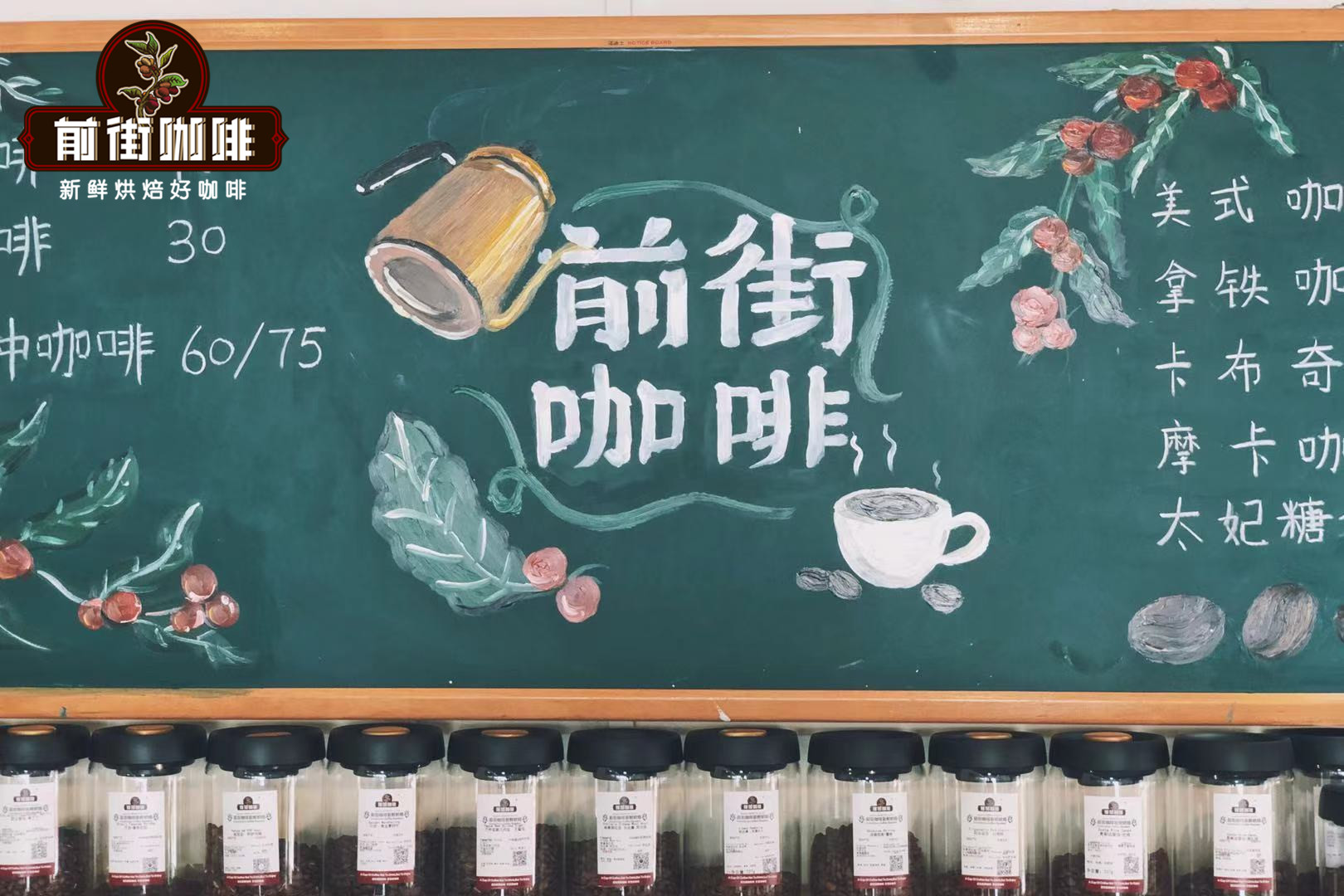
Professional coffee knowledge exchange more coffee bean information please follow the coffee workshop (Wechat official account cafe_style)
In recent years, more and more wild native species have been discovered in Ethiopia. Ethiopian coffee beans in Africa are of very high quality, and it is not too much to be called the spokesman of boutique coffee. Among them, Ethiopia has a lot of coffee producing areas, such as Sidamo, Harald, Guji, Yega Xuefei and so on.
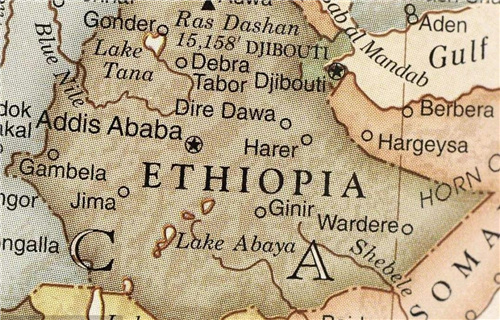
Qianjie Cup has tested many kinds of Ethiopian coffee beans and thinks that the main coffee flavor of Ethiopia is mainly fruity, sour, wine, flower and other flavors. For example, in front of the street, the cup tested washed Yega Fischer coffee beans and sun-washed Yejafei red cherry coffee beans, and found that the sour quality of the washed Kochel coffee beans is obvious and the taste is very clean. on the other hand, the sweetness of sun-treated red cherry coffee beans is more obvious, and the floral aroma will be stronger than that of water-washed Yega Sherfield coffee beans.
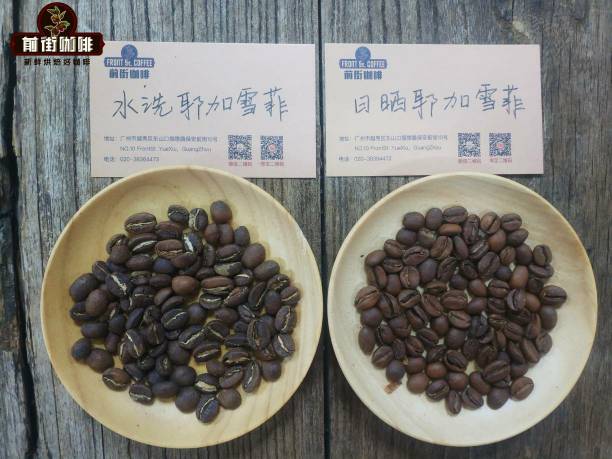
The front street tells you a tip on how to distinguish between washed Yejabee beans and sun-cured Yega Chefe beans. Generally speaking, we can first distinguish from the raw beans, the red cherry coffee beans sunburned in the raw beans look yellowish green with more silver skin, while the washed Kochel coffee beans are turquoise with less silver skin. This is because the Cochel coffee beans were soaked in water for a long time during the treatment, the silver skins were separated from the coffee beans, and the outer silver skins were peeled off when the parchment was finally removed, and there was little silver left on the surface of Kocher beans. Then, in terms of cooked beans, there are more silver skins of Yega Sheffield cherries washed in water, while less silver skins of sun-cured Yega Sheffield red cherries, and there is also a great difference in flavor. The acidity of water-washed Yega Sheffield cherries is lighter and brighter, while sun-washed Yega Sherphi red cherries add a sense of fermentation and sweetness.
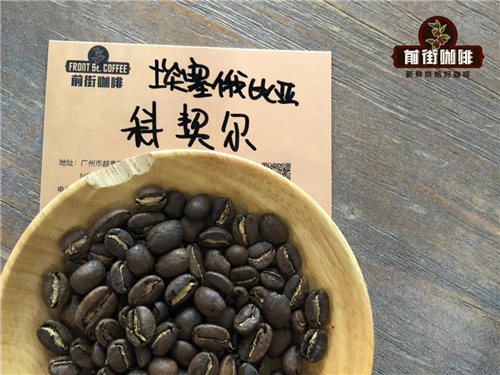
If you look closely at the coffee beans in Ethiopia, you will find that the coffee beans in Ethiopia are of different sizes. Among them, many people find that the size of the coffee beans is very inconsistent when they buy the coffee beans. They may think that the quality of these beans is poor, or whether the beans are left over. Of course not, the quality of the coffee beans bought in Qianjie is very good, and there are no poor batches. About Yejiaxuefei's coffee beans of different sizes, we have to talk about the source.
Its source is Ethiopia's coffee rating system. Ethiopia's beans are very different in size, because there are so many wild coffee trees in Ethiopia, the government does not have the economic strength to classify them, and the Ethiopian government does not publish relevant information for the protection of these wild coffee species. This is very understandable. So the local coffee farmers are still mixed, and they are also mixed when they are harvested, which is why the coffee beans are different in size.
Compared with the coffee beans graded by Kenya countries in Africa, which are different from those in Ethiopia, coffee beans produced in Kenya are graded by the size of beans. Among them, AA and AB are the highest grade beans in Kenya, and they are also the most common coffee grades in circulation on the market, followed by C, T, TT, MH and ML grades, which are very rare in China, and another grade is PB, which means round beans. Kenya's E grade, which stands for elephant beans, is relatively large and extremely rare. Qianjie is unknown.
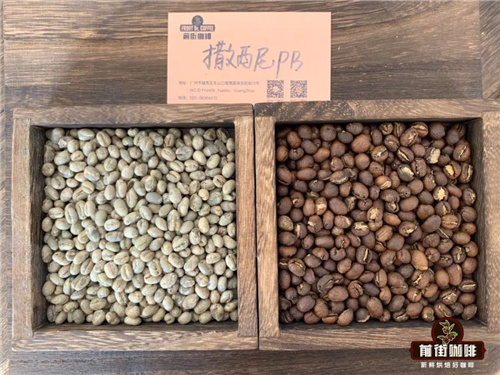
The coffee grade of Ethiopia is different from that of Kenya. In the grading process of Ethiopia, there is almost no strict classification of coffee size, but there are requirements for the water content of coffee beans. One is that the moisture content of coffee beans should not be higher than 11.5% and that at least 85% should not be less than 14 mesh. The second requirement is that washed coffee beans should have a 10% appearance size score when measuring their physical characteristics. There is no requirement for the size of the non-washing group. The grading process of raw coffee beans in Ethiopia is as follows:
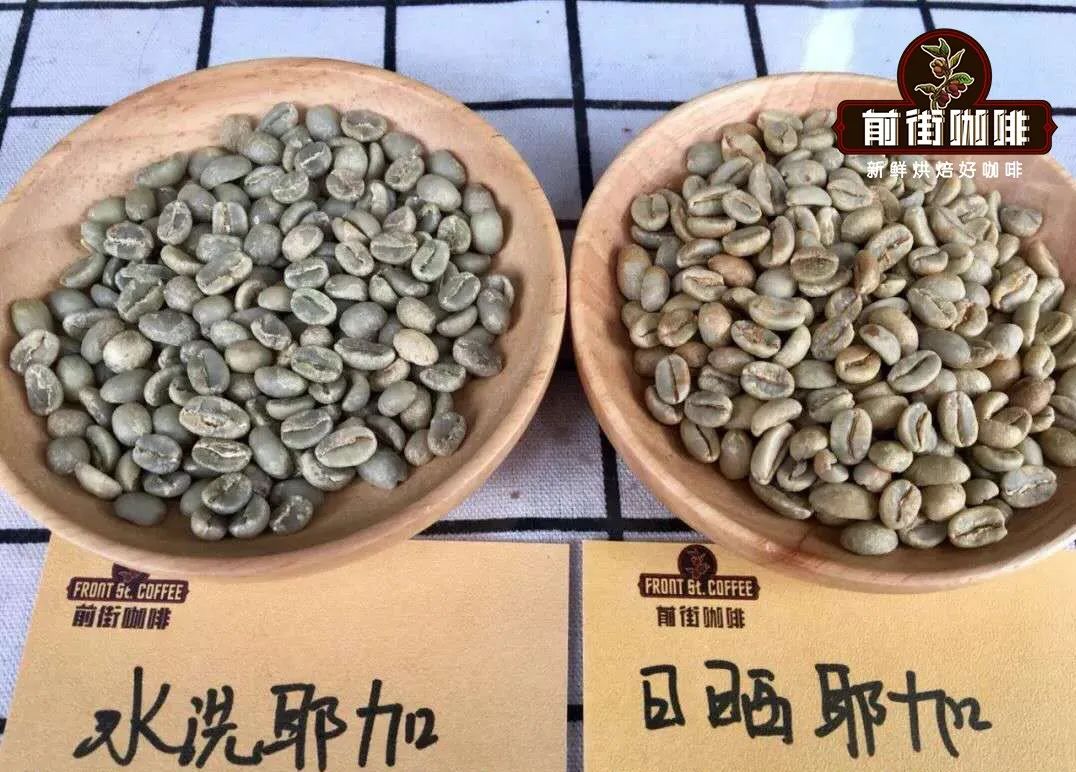
1. First of all, it is classified according to the treatment of coffee beans: washing treatment and non-washing treatment.
two。 Washed coffee beans and non-washed coffee beans were divided into 9 grades from G1 to G9 according to physical characteristics, cup test characteristics and cup test basic quality. As follows
Physical feature scores account for 40% (washing group: number of defects 20% + appearance size 10% + color 5% + odor 5%; non-washing group: number of defects 30% + odor 10%)
The mass fraction of cup test accounts for 60% (cleanliness 15% + acidity 15% + alcohol thickness 15% + flavor 15%)
Among them, G1 has the highest comprehensive score of raw coffee beans, with a comprehensive score of 91 to 100 for G1, 81 to 90 for G2 and 71 to 80 for G3. Therefore, it also shows that the quality and flavor of raw coffee beans are better than those of Yega Xuefei G2. Coffee division has not stopped at this stage, in which three grades of coffee beans from G1 to G3 should be tested again according to the SCAA standard, and their flavor properties should be evaluated in more detail, including no less than 85 points of G1 and G2 as Q1, between 80 and 85 of G1, G2 and G3 as Q2, and those below 80 as G3. This is Ethiopia's classification of coffee beans.
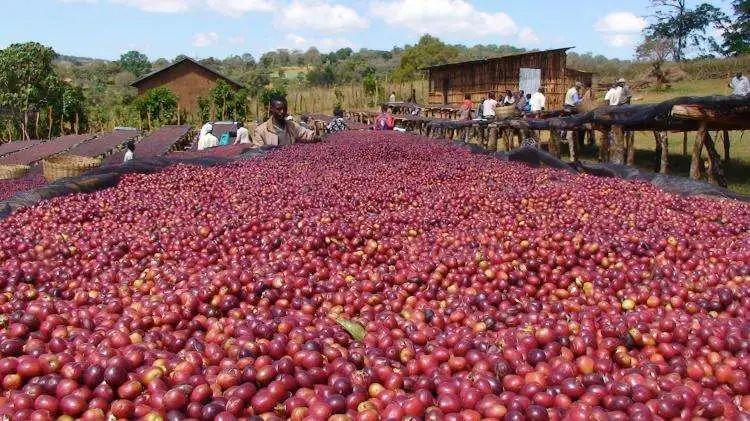
Before coffee grading, Essel's coffee beans will have a quality problem, some coffee beans are of higher quality and some coffee beans are of lower quality, so mixing together will lead to a drop in the price of coffee beans. Dutch raw bean merchants also found this problem in local coffee and, in cooperation with the local Ethiopian cooperative, launched a front-line campaign to improve the quality and price of coffee, called the Red Cherry Project. The Red Cherry Project is actually a business plan to promote the quality of coffee, solve the problem from the source, and encourage coffee farmers to complete every process of picking and processing coffee beans more attentively by raising the purchase price of high-quality coffee raw beans. Full manual picking is used in the picking stage to select coffee fruits with high maturity.
For more boutique coffee beans, please add private Qianjie coffee on Wechat. WeChat account: kaixinguoguo0925
Important Notice :
前街咖啡 FrontStreet Coffee has moved to new addredd:
FrontStreet Coffee Address: 315,Donghua East Road,GuangZhou
Tel:020 38364473
- Prev

Flavor description of Honduran boutique coffee beans regional varieties produced by taste treatment
Flavor description of Honduran Fine Coffee beans Honduras is a mountainous country in Central and North America with a population of more than 8.3 million and an area of about 112000 square kilometers. Located in the north of Central America. It is bordered by the Caribbean Sea to the north, the Gulf of Fonseca in the Pacific Ocean to the south, Nicaragua and El Salvador to the east and south, and Guatemala to the west. More than 3/4 of the territory are
- Next

Yunnan small grain coffee 2017 price
The 2017 price of Yunnan small grain coffee breaking the established acquisition practice will certainly attract opposition from some enterprises, but if it is not broken, it will inevitably attract more curses from farmers. Xiong Xiangren said bluntly that he was not worried about becoming a target of criticism, because the quotation now offered by the company is closer to the quality of Yunnan coffee in order to protect the interests of Yunnan coffee growers. But at the provincial coffee shop
Related
- Detailed explanation of Jadeite planting Land in Panamanian Jadeite Manor introduction to the grading system of Jadeite competitive bidding, Red bid, Green bid and Rose Summer
- Story of Coffee planting in Brenka region of Costa Rica Stonehenge Manor anaerobic heavy honey treatment of flavor mouth
- What's on the barrel of Blue Mountain Coffee beans?
- Can American coffee also pull flowers? How to use hot American style to pull out a good-looking pattern?
- Can you make a cold extract with coffee beans? What is the right proportion for cold-extracted coffee formula?
- Indonesian PWN Gold Mandrine Coffee Origin Features Flavor How to Chong? Mandolin coffee is American.
- A brief introduction to the flavor characteristics of Brazilian yellow bourbon coffee beans
- What is the effect of different water quality on the flavor of cold-extracted coffee? What kind of water is best for brewing coffee?
- Why do you think of Rose Summer whenever you mention Panamanian coffee?
- Introduction to the characteristics of authentic blue mountain coffee bean producing areas? What is the CIB Coffee Authority in Jamaica?

